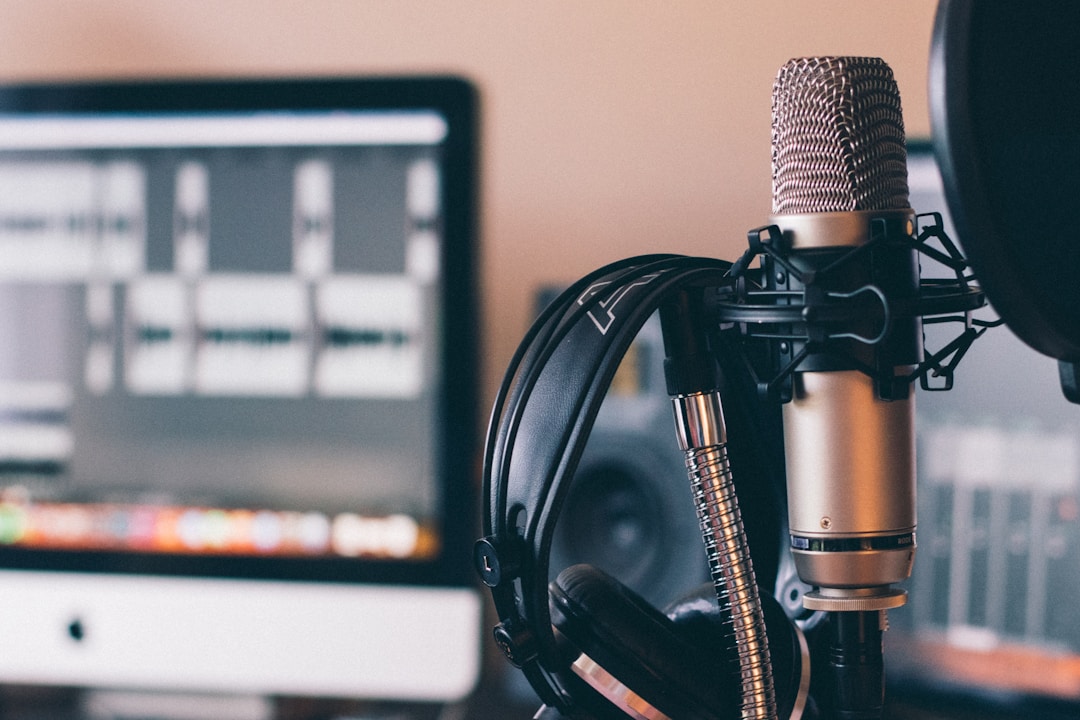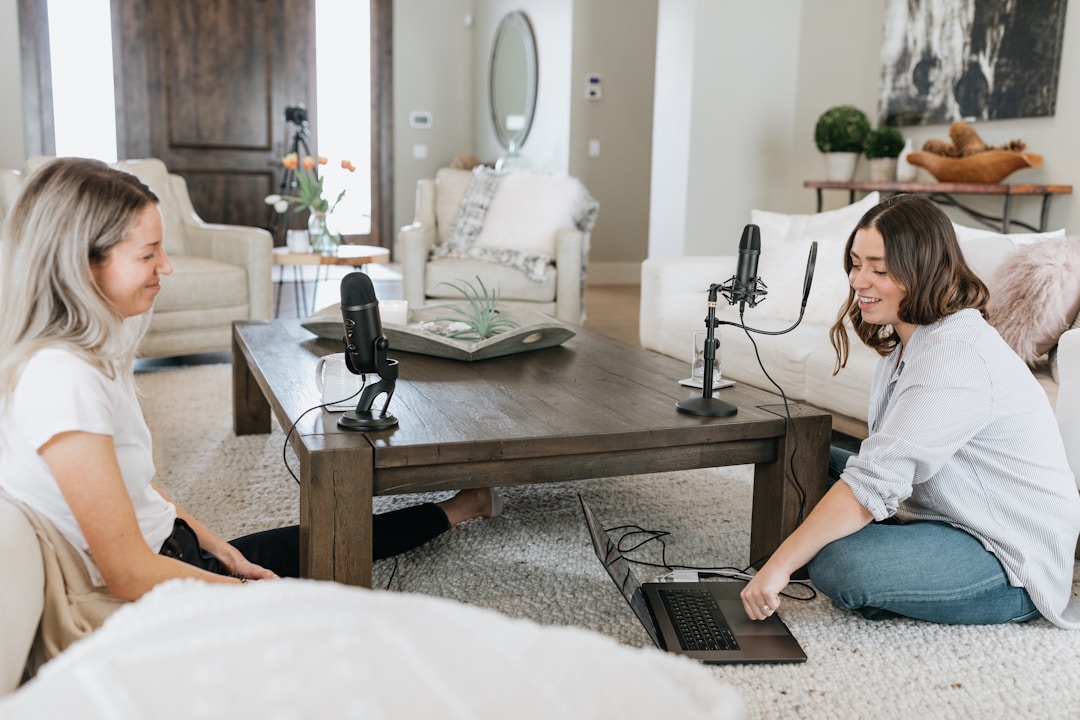Watching movies, videos, and even cartoons are things to do during leisure time. They carry you off into a whole new world where almost everything is possible. Many of us even love watching foreign movies but struggle to understand the foreign language. Thanks to the evolution of technology, we can now enjoy these works of art in an understandable language without any stress. The process behind this is known as voice acting.
One major variety of voice acting is dubbing, and it’s a widespread practice in the film industry. This article details all the vital aspects of voice dubbing, how it’s done in movies, and how it differs from voice over-acting.
What is voice dubbing?
Dubbing is a process through which the original audio of a movie, cartoon, or TV show is replaced with its translation in another language. The translated language is superimposed onto the original video using specialized studios, high-quality equipment, and professional actors.
The art of voice dubbing is characterized by several features:
- The original voice and timbre of actors, their voice age, and character temperament are all considered before making a choice.
- The process makes use of a special translation system, as well as the styling of text.
- In most films, each character is voiced by a different person. In rare cases, if one actor takes on several voices, the actor must be a professional and voice specialist.
How is the dubbing process done in films?

The dubbing process is lengthy, as it demands a lot of expertise and elements to succeed. Some of these steps include the following.
The creation of a great team.
No expert can undertake a dubbing process in isolation, which is why collaboration is essential. Engage the expertise of actors, specialists, and anyone who has a thorough understanding of performance’s nuances. When choosing actors, make sure their voices and age are a great match with the original character.
Planning the timing and actors.
A successful dubbed movie involves the total recreation of dialogue for TV series or films; thus, you’re likely to be working with a whole book full of the script. Together with your team, you must translate the entire script and ensure that your translations match the original timing of the movie. The time given to pronounce each line in the original movie should be equal to the translated dialogue.
Working on the timing can be tiring, but finding your cast should be pretty easy, as many actors specialize in voice dubbing. These people have learned to mirror the tone and character displayed by the original performer of the role, and their work often goes unnoticeable to viewers, which keeps the original beauty of the film intact.
Recording and editing the final work.
You need to employ the best studio possible to have a great output when dubbing. As much as possible, if the filmmaker doesn’t have their studio, book an equipped space where the quality of your work will shine through.
There are two ways of recording in dubbing. With the first mode, actors read the script aloud while watching the original movie and make use of beep cues to get their lines in on time. The second method is used in Europe and Canada. With this method, lines of dialogue play at the bottom of the screen. As the movie plays, the lines are shown to highlight the actor’s mouth movement and how the new words should be filled in.
What’s the difference between voice dubbing and voiceover?

These two modes of acting are great for interpreting messages into new languages for different audiences. The major difference between them is that in voiceovers, the original video’s emotions and tone aren’t imitated, and they’re not narrative by nature. Dubbing offers more precision thanks to its tonal, expressive, and narrative nature and comes with a technical richness that voiceovers do not focus on.

